Regenerative urbanism, a new paradigm that prioritizes the restoration of cities as living ecosystems, is gaining traction as a response to the limitations of the smart-city model. According to Forbes contributor Felicia Jackson, regenerative urbanism seeks to create conditions for life to thrive again by treating cities as interconnected systems that can heal nature and improve human well-being. This shift in approach is driven by the recognition that technology alone cannot solve pressing urban issues such as inequality, resource scarcity, and social disconnection.
Sara Roversi, founder of the Future Food Institute, emphasized the importance of regeneration over optimization. "We've reached the limits of optimization," she said in an interview. "Regeneration is about creating the conditions for life to thrive again. Instead of optimizing systems, regenerative urbanism aims to restore them." Roversi's comments reflect a growing consensus among urban planners, developers, and civic leaders that the smart-city model, which relies heavily on sensors and data, has reached its limits.
The smart-city model, which dominated urban planning for two decades, has been criticized for its focus on efficiency and productivity at the expense of social and environmental considerations. As populations continue to surge, the need for sustainable and resilient urban planning has become increasingly pressing. Regenerative urbanism offers a new approach that prioritizes the well-being of both people and the planet.
Regenerative urbanism is not a new concept, but its application in urban planning is gaining momentum. Cities such as Copenhagen and Vancouver have already implemented regenerative urbanism principles in their planning strategies. These cities prioritize green spaces, community engagement, and social equity, recognizing that a healthy and thriving city is one that is connected to its natural environment and its residents.
The implications of regenerative urbanism are far-reaching, with potential benefits for both urban residents and the environment. By prioritizing regeneration over optimization, cities can create more resilient and adaptable systems that can withstand the challenges of climate change and rapid urbanization. Regenerative urbanism also offers a new economic model, one that values long-term returns over short-term gains.
As regenerative urbanism continues to gain traction, it is likely to have significant implications for the way cities are planned and developed. Cities that adopt regenerative urbanism principles may see improved public health, increased social cohesion, and enhanced economic resilience. However, the transition to regenerative urbanism will require significant investments in infrastructure, education, and community engagement.
In the coming years, cities around the world will be watching Copenhagen and Vancouver closely, as these cities continue to implement regenerative urbanism principles in their planning strategies. As the world's population continues to urbanize, the need for sustainable and resilient urban planning has never been more pressing. Regenerative urbanism offers a new approach that prioritizes the well-being of both people and the planet, and its potential benefits are too great to ignore.
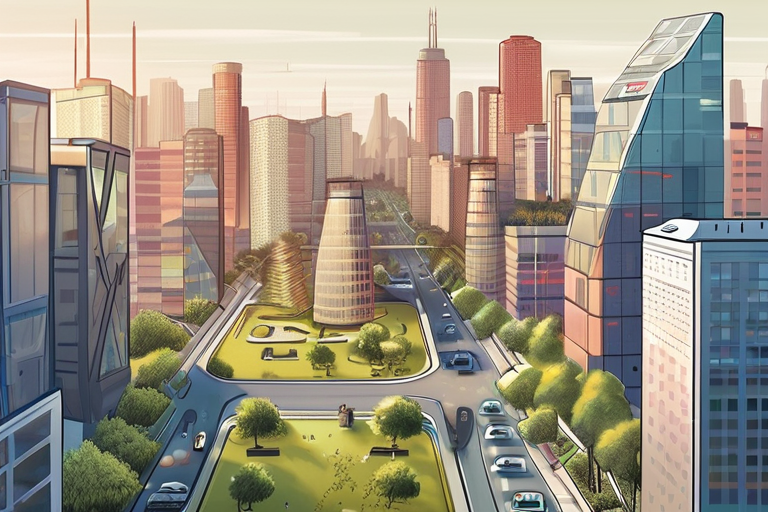


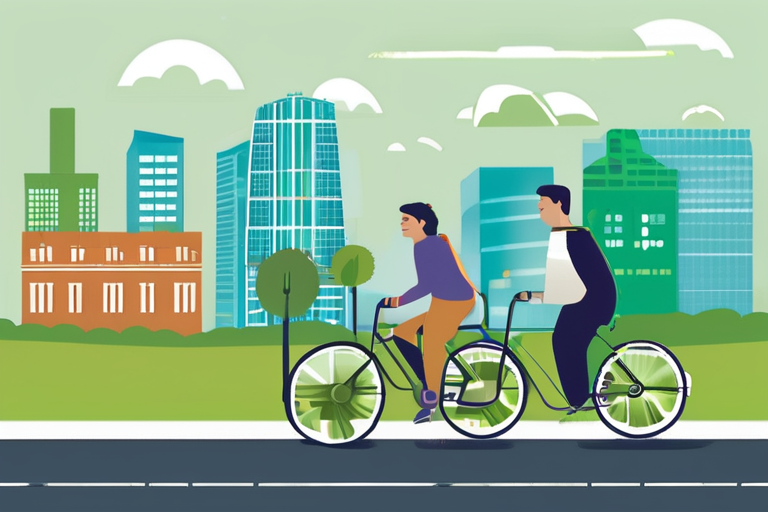

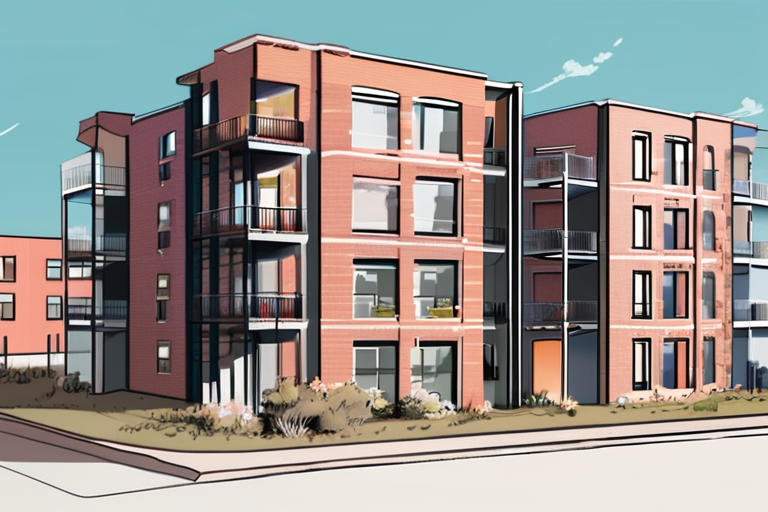







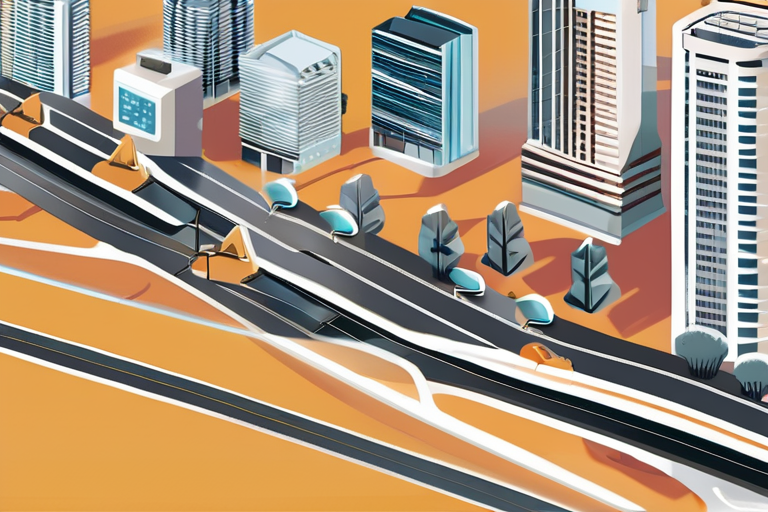
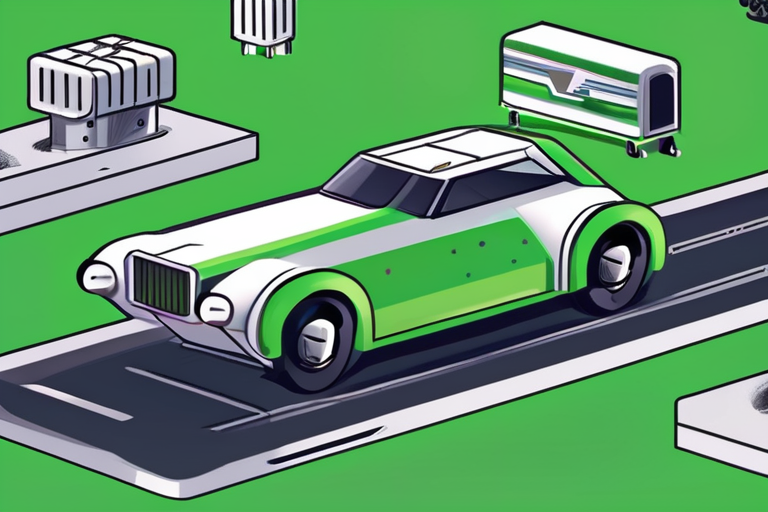
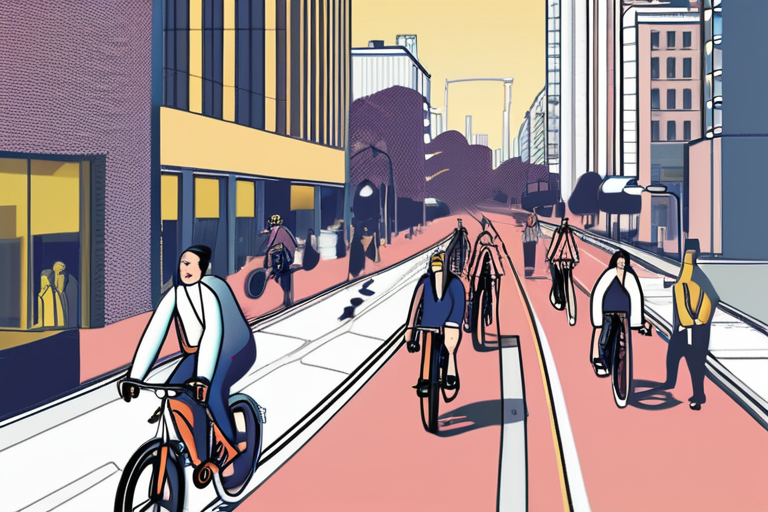
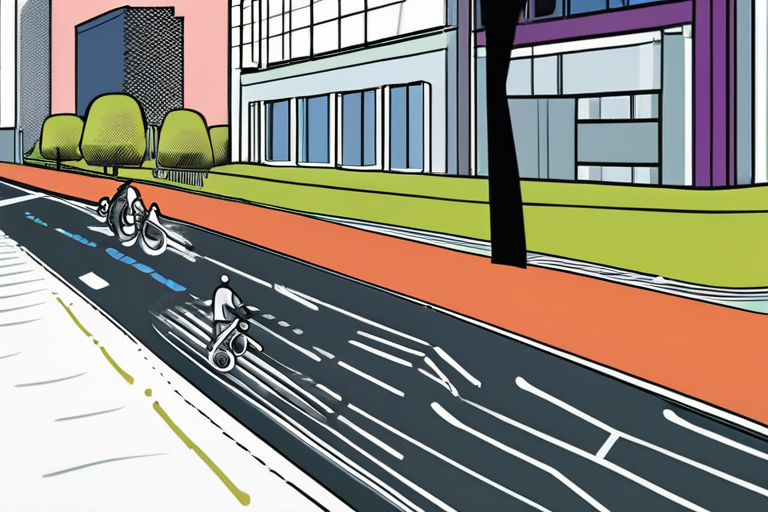
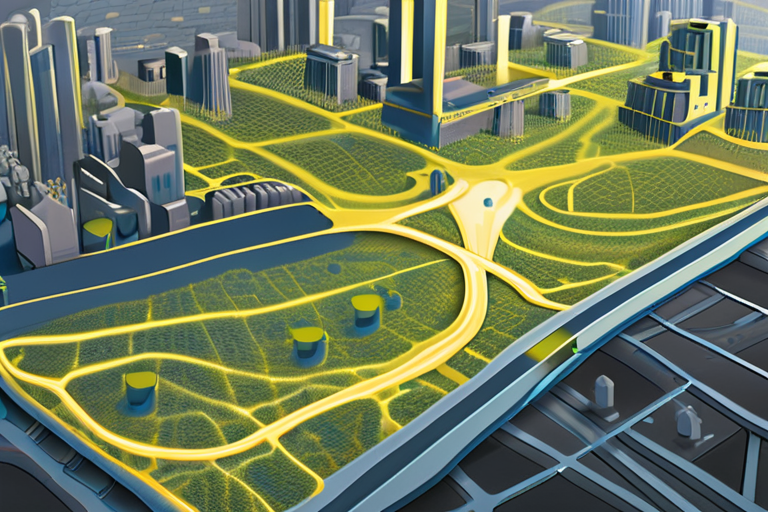

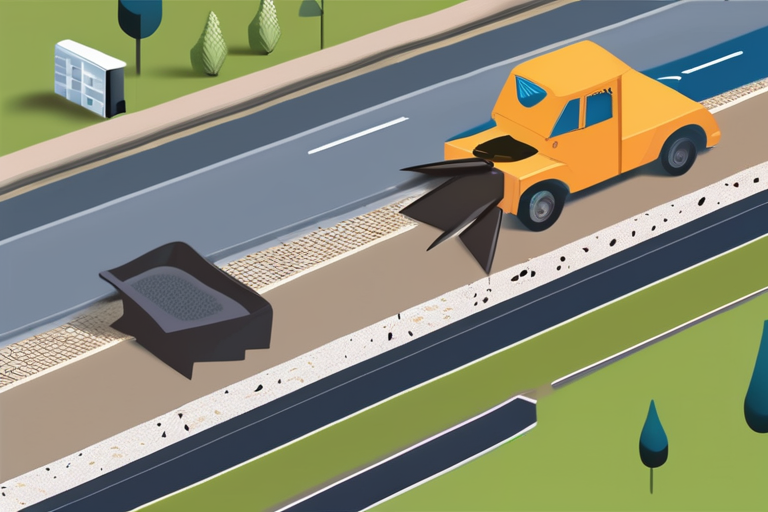
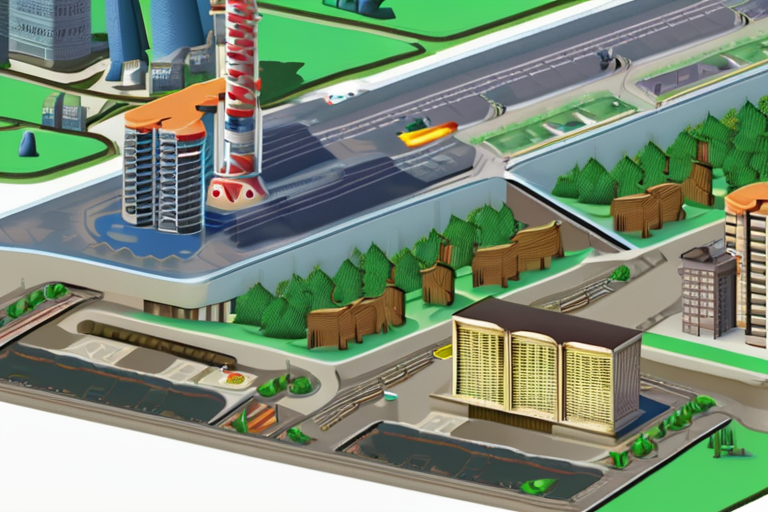


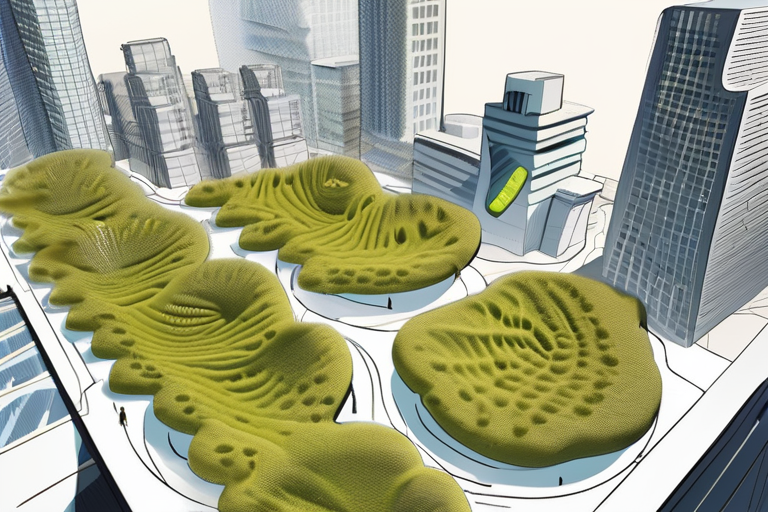



Share & Engage Share
Share this article